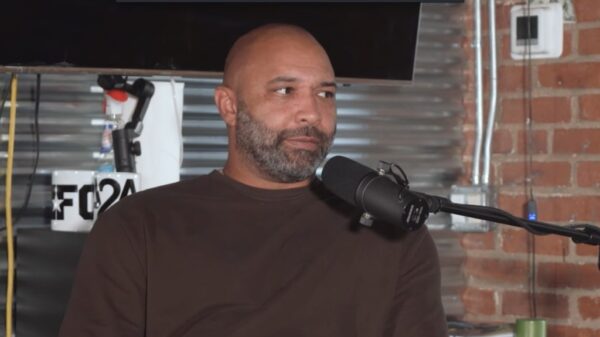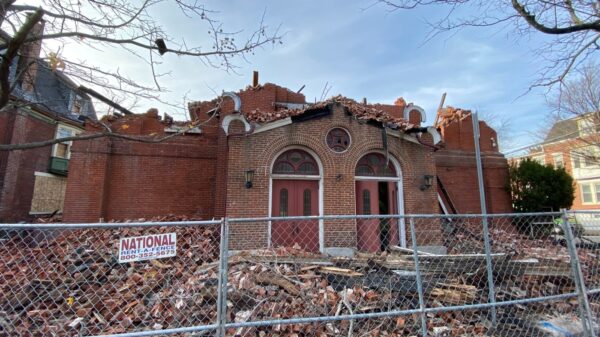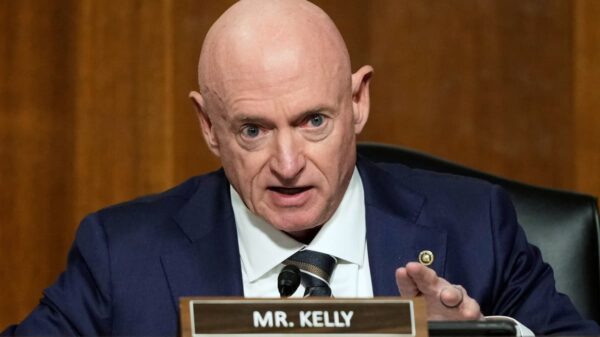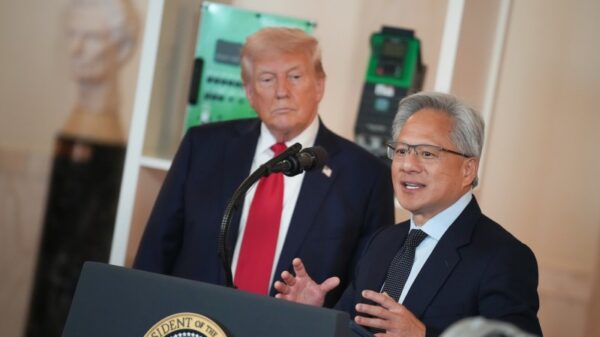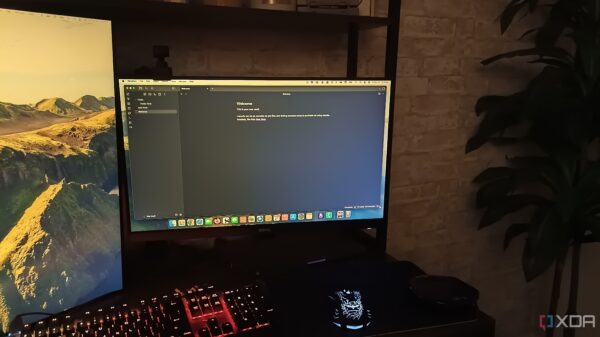UPDATE: New research confirms that the school closures during the COVID-19 pandemic played a crucial role in protecting students and their families from the virus. This development comes amid ongoing debates regarding the decisions made by teachers’ unions and educational authorities during the height of the pandemic.
The findings, released today, indicate that the 2020-2021 school year saw a significant reduction in COVID-19 cases among children, largely attributed to the decision to close public schools in many regions. Health officials stress that these closures were vital to safeguarding community health, especially in areas with high transmission rates.
Critics have consistently challenged the motives behind the closures, often suggesting that teachers’ unions prioritized their interests over those of students. However, this latest research underscores that the primary goal was to protect vulnerable populations. With the data now available, it is clear that these measures were effective in curbing the spread of the virus among school-aged children.
Officials emphasize that understanding the impact of school closures is essential for future public health decisions. The new study, conducted by a team of epidemiologists, examined COVID-19 infection rates in public schools across multiple states, revealing that schools that implemented strict closures experienced a 30% reduction in reported cases compared to those that remained open.
As the educational landscape continues to evolve, experts are calling for a reevaluation of how safety measures are implemented in schools. The emotional toll on families and students has been significant, and addressing the long-term effects of these closures will be critical in ensuring a safe learning environment going forward.
This research adds to the growing body of evidence supporting the necessity of safety protocols during health crises. As communities navigate the aftermath of the pandemic, it is crucial for parents, educators, and policymakers to stay informed about the implications of these findings.
The conversation surrounding school closures is far from over, and this new data will undoubtedly shape future discussions. As parents, educators, and public health officials continue to assess the impact of COVID-19 on education, the lessons learned from this experience could influence policy decisions for years to come.
Stay tuned for more updates as this story develops.


